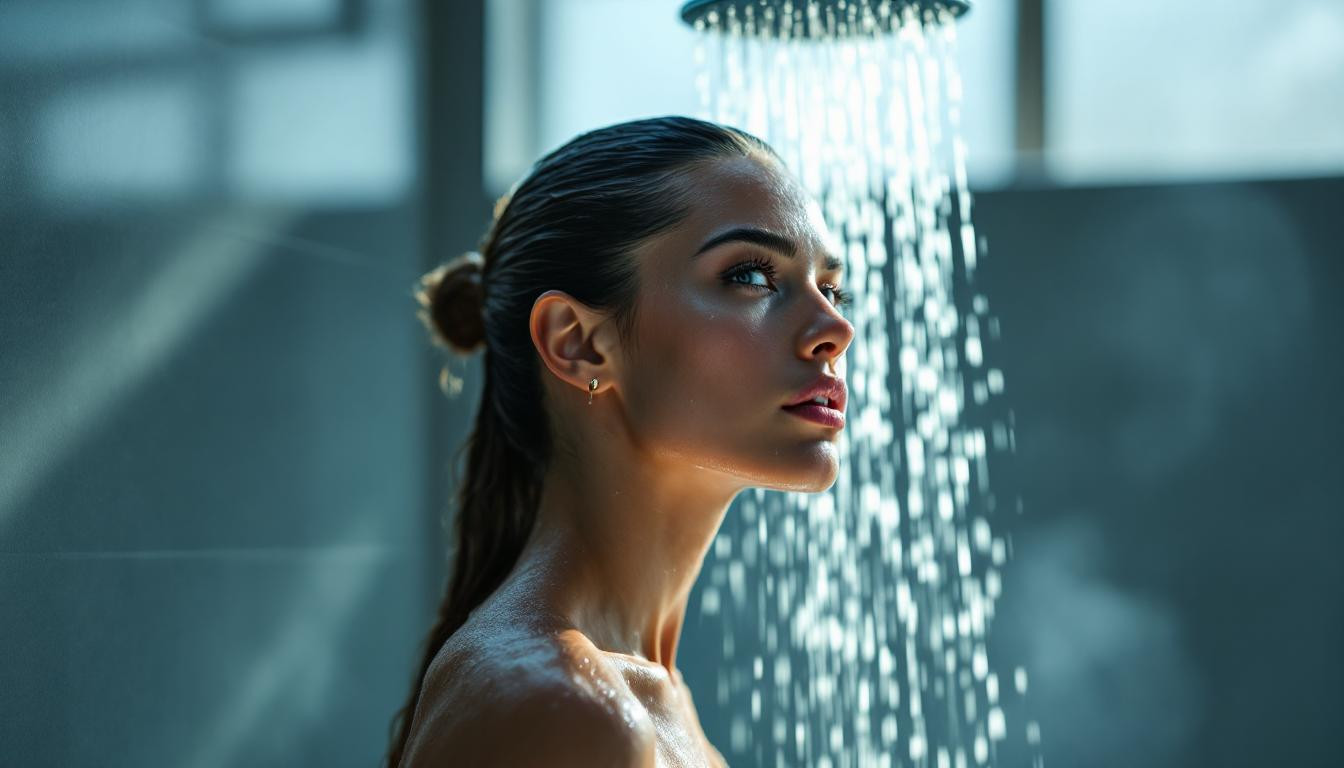After hearing about the supposed benefits of cold water exposure from fitness gurus and wellness influencers, I decided to put the practice to the test. For 30 consecutive days, I replaced my comfortable warm morning shower with an icy awakening. The results? A mix of genuine physiological benefits and some overblown claims.
The surprising science behind cold exposure
Cold showers trigger what scientists call “hormetic stress” – a beneficial stress response that strengthens your body’s resilience. When cold water hits your skin, your sympathetic nervous system activates, releasing stress hormones and increasing alertness.
“Cold exposure creates a controlled stress environment that trains your body to respond more effectively to other stressors,” explains Dr. Michael Rivera, exercise physiologist at Austin Sports Medicine. “This can translate to improved energy levels and mental clarity throughout the day.”
My first week: Shock, discomfort, and unexpected energy
I won’t sugarcoat it – the initial days were brutal. My first 20-second cold shower felt like an eternity, with every fiber of my being screaming to turn the temperature up. By day three, however, something interesting happened: the post-shower energy boost became noticeably stronger.
Like a cup of coffee without the jitters, this natural energy surge lasted approximately 2-3 hours after each shower. I found myself reaching for less caffeine and experiencing more consistent morning focus.
Physical benefits I experienced
- Increased alertness lasting 2-3 hours post-shower
- Reduced muscle soreness after workouts
- Improved circulation (noticeable warmer feeling after the initial cold shock)
- Better skin appearance with reduced inflammation
The real effects on recovery and exercise
As someone who exercises regularly, I noticed that cold showers significantly reduced my post-workout muscle soreness. The vasoconstriction (narrowing of blood vessels) followed by vasodilation helps flush out metabolic waste from muscles.
“Cold exposure can be like a reset button for your circulatory system,” notes Dr. Rivera. “It forces blood away from the extremities momentarily, then allows fresh, oxygen-rich blood to flood back, potentially aiding recovery.”
Mental clarity and mood enhancement
By week two, I experienced a noticeable improvement in mental clarity. Like challenging uphill walks, cold showers seemed to prime my brain for better focus throughout the morning.
The mood benefits were equally impressive. Each cold shower triggered an endorphin release that created a natural high lasting about 30-45 minutes. This effect was consistent across all 30 days of my experiment.
Did my immune system actually improve?
While some research suggests immune benefits, this remains one of cold exposure’s more debated claims. I didn’t get sick during my experiment, but one month isn’t enough to draw conclusions about immune function.
A 2016 study from the Netherlands found that regular cold showerers reported 29% fewer sick days, though the actual illness duration wasn’t affected. My experience aligns with this – I felt more resilient, but can’t scientifically claim improved immunity.
Practical tips for starting your own cold shower routine
- Start with just 15-20 seconds of cold at the end of a warm shower
- Focus on controlled breathing (like meditation under pressure)
- Gradually increase duration rather than decreasing temperature
- Consider timing showers post-workout for recovery benefits
The verdict: Energy boost or overhyped trend?
After 30 days, I can confidently say cold showers deliver genuine benefits, particularly for energy, mood, and recovery. Like consistent daily walking, it’s a simple intervention with multiple benefits.
However, cold showers aren’t a miracle cure. The energy boost is temporary, immune benefits remain somewhat speculative, and the practice requires consistency. As with many wellness practices, the key lies in realistic expectations and integration into a broader healthy lifestyle.
Cold showers are like strength training for your nervous system – uncomfortable in the moment, but rewarding in their after-effects. One month later, I’m still taking them, which perhaps is the strongest testimony to their value.
